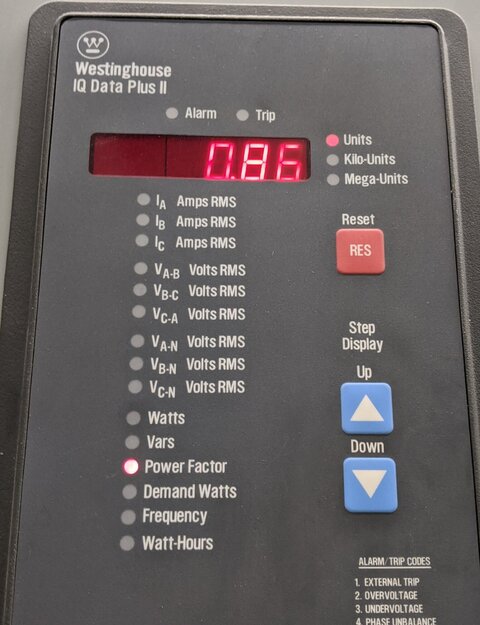So a while back our building had a new chiller installed. Since then we've had periodic brownouts on the order of a couple to several per hour. We did a lot of troubleshooting and determined that the outside building transformer was fine, our county electricians put a really neat Fluke meter on our building mains to chart the voltage drops and found that they were occurring. We have a sister building that also got the same chiller upgrade but does not have the brownouts. It's enough to occasionally reboot a computer or sound board, which are all now on UPS. It seems to coincide with the compressor kicking on at the chiller. I've watched the lights dim at the exact moment the compressor motor starts up and the chiller shows a persistent alarm for the second compressor having a low current. They claimed it was a flow sensor switch that was faulty and they replaced that part, but I'm given to wonder if they were unsure of the definition of current.
I've heard of issues with loose lugs causing problems like this when a load is applied, but I'm getting ready to push the county to work on it again. Has anyone had a similar experience? Sorry if this is better suited in the electric forum. It seems to me to be more of a facility issue rather than one of lighting and electrics.
I've heard of issues with loose lugs causing problems like this when a load is applied, but I'm getting ready to push the county to work on it again. Has anyone had a similar experience? Sorry if this is better suited in the electric forum. It seems to me to be more of a facility issue rather than one of lighting and electrics.



